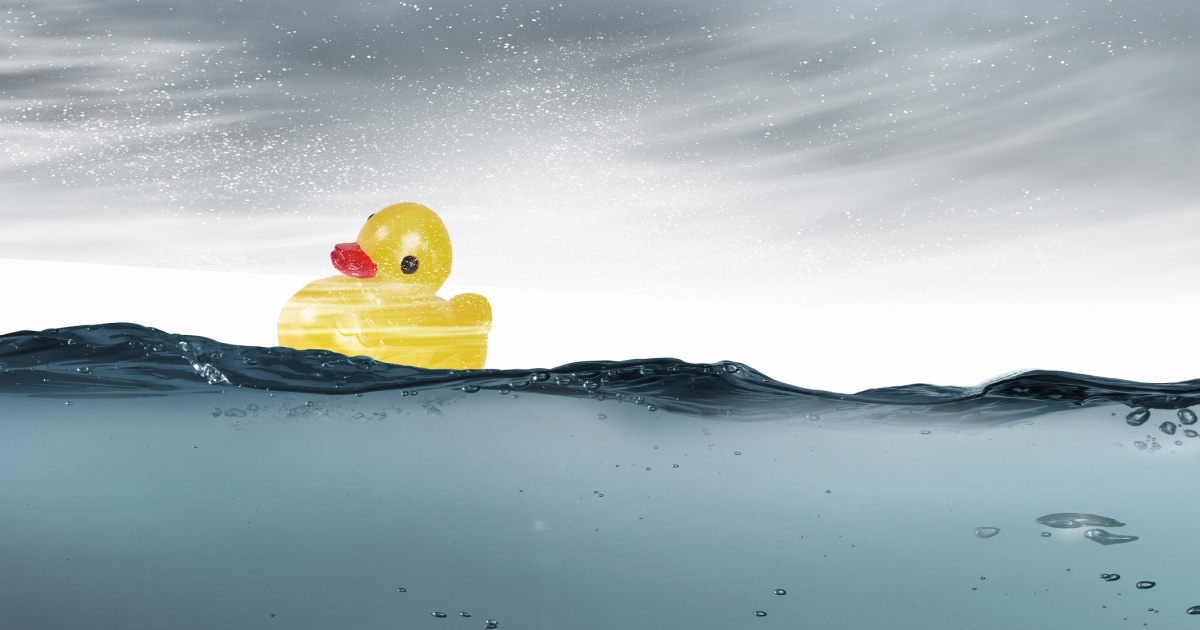
When you hear about items spilling from shipping containers into the ocean, it’s usually less than stellar news.
In 1992, though, the accident resulted in a study on ocean currents that ended up being pretty important.
It began with a storm in the Pacific, and a freighter traveling from China to America. Rolling seas resulted in shipping containers slipping into the sea – one of which contained 28,800 bath toys. Each pack contained a yellow duck, a red beaver, a green frog, and a blue turtle, and the saltwater and currents quickly freed the plastic animals from their packaging.
Since they had no holes, the toys bobbed along on the surface.
This was an opportunity that scientists were not keen to miss out on, and oceanographer Curtis Ebbesmeyer asked beachgoers to help map their movements on currents around the world.
The data was soon to prove priceless, since ethically, researchers would never be able to duplicate this somewhat happy accident.
The “Friendly Floatees” began to wash up on the Alaskan coast during the end of 1992, meaning they had floated around 2000 miles from where they had gone into the ocean. Another 400 traveled to the eastern coast of the Gulf of Alaska.
Scientists registered each found toy into the Ocean Surface Currents Simulation (OSCAR), a computer model that combines data on air pressure and the speed and direction of weather systems to map the path of ocean current indicators.
Like a bunch of floating bath toys, for example.
The model predicted the direction of the Friendly Floatees, which arrived in Washington State in 1994. The remaining toys floated on the ocean’s currents toward Japan and back to Alaska, and some even were frozen in Bering Strait ice.
Ebbesmeyer thought it would take years for the Floatees to work their way across the Pole, eventually ending up in the Greenland Sea before the warmer climate set them free of the ice.
In 2007, a small number (now white from sun-bleaching) washed up on the southwestern shores of the United Kingdom. There are likely still some out there, perhaps caught in the great garbage patches or still riding the currents, unseen by human eyes.
Their journeys taught oceanographers about how the seas are connected, and helped them understand how discarded items in the ocean move from place to place.
Now, of course, we have buoys equipped with tracking devices and GPS that help oceanographers learn more, but in the early 90s, it was rubber duckies doing the heavy lifting.
This is the first time I’ve ever heard of ocean trash being used for good, but I’m glad it all worked out.
If you thought that was interesting, you might like to read about why we should be worried about the leak in the bottom of the ocean.